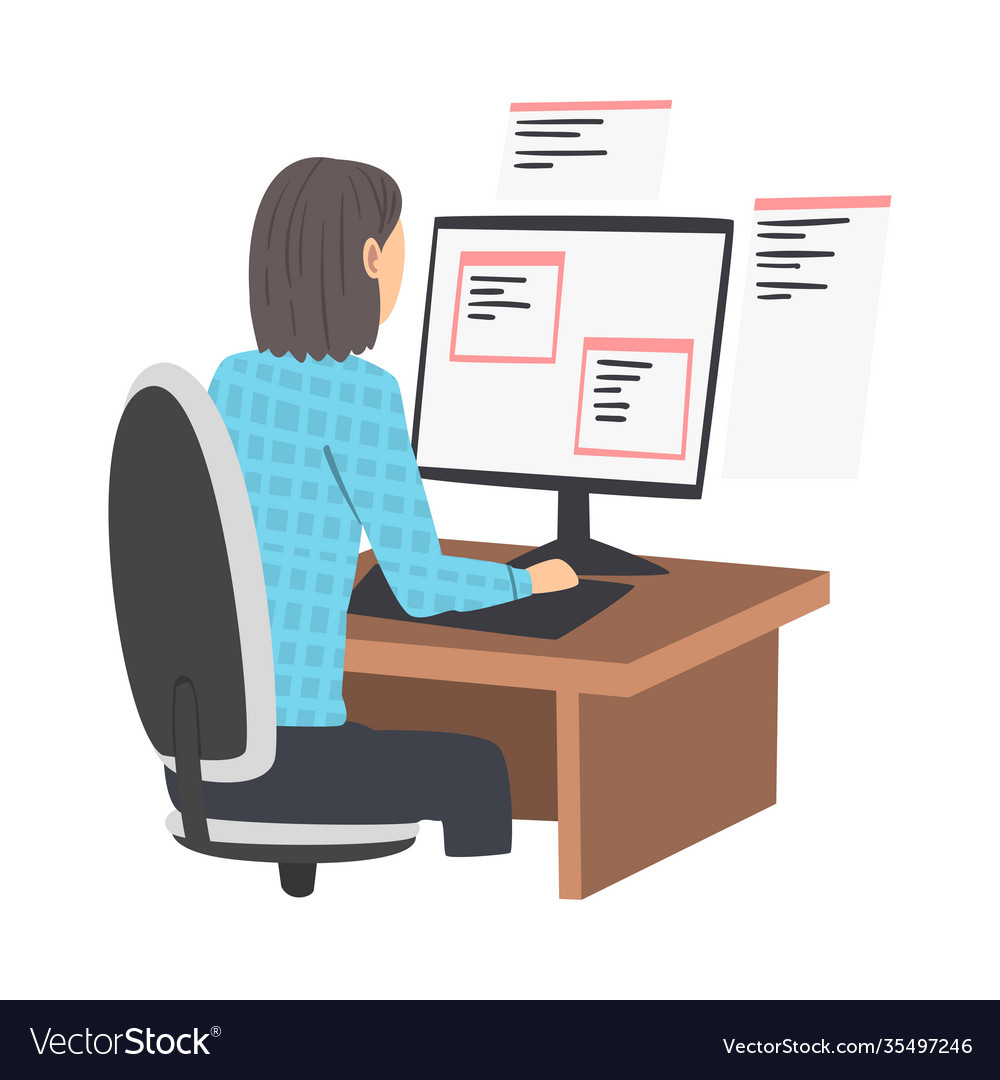Improve Your Projects with Effective Software Development Staff Augmentation
Improve Your Projects with Effective Software Development Staff Augmentation
Blog Article
Devoted Developers vs. In-House Teams: Which Is Right for You?
The choice between using devoted developers and maintaining an internal team is a substantial one that can impact the trajectory of your jobs and total service approach. Dedicated designers supply a level of flexibility and specialized experience that can be useful for certain, short-term initiatives. On the other hand, in-house groups add to a natural company culture and a nuanced understanding of long-term goals. By examining vital elements such as budget, project range, and desired control, you can better determine which method straightens with your business needs. However, the effects of this choice extend beyond instant outcomes-- consider the more comprehensive influence on your organization landscape.
Recognizing Dedicated Developers
The growing demand for specialized abilities in the tech market has actually resulted in the emergence of committed designers as a practical service for many organizations. These professionals are usually contracted on a project basis, enabling companies to utilize certain proficiency without the long-term dedication connected with full time hires. Dedicated programmers are commonly embedded within a client's group, supplying adaptability and scalability to fulfill job requirements.
This model permits companies to access a worldwide skill pool, which is especially beneficial in a quickly evolving technological landscape. Committed developers can be sourced from various geographical locations, making certain that firms can discover the appropriate ability at competitive prices. They often bring a wealth of experience and knowledge, having actually dealt with diverse projects throughout various markets.
In addition, dedicated designers can focus specifically on the tasks at hand, enhancing productivity and effectiveness. They are geared up to integrate perfectly right into existing operations, teaming up closely with in-house groups to accomplish project purposes. This approach not only reduces the burden of recruitment and training but likewise permits organizations to remain dexterous, adapting promptly to altering market demands and technical advancements.
Advantages of In-House Teams

Moreover, in-house teams have a tendency to have a deeper understanding of the company's mission, worths, and goals. This alignment can enhance worker involvement and inspiration, as employee feel more linked to their job and the company's success. Additionally, having a committed internal group enables for far better alignment of strategies and objectives, as these members are consistently concentrated on the business's priorities.
In-house teams also facilitate quicker decision-making procedures, as they can respond extra swiftly to challenges and adjustments. The recognized partnerships and experience with business protocols permit structured workflows and minimized miscommunication. Inevitably, the mix of a cohesive society, alignment with organizational objectives, and efficient interaction makes in-house groups a beneficial possession for numerous organizations, especially those looking to grow lasting growth and technology.
Expense Considerations
When assessing price considerations, both devoted developers and in-house teams existing distinctive monetary effects for organizations. Involving dedicated developers typically entails a pay-per-project or hourly price design, which can be affordable for organizations with rising and fall job needs. This technique enables adaptability in scaling resources up or down, ensuring that business just spend for the services they need.
In comparison, internal groups require dealt with expenses, including wages, advantages, and overhead expenses such as workplace area and equipment. While this version offers higher control and prompt schedule of resources, it might lead to higher lasting costs, particularly if the work does not validate a full time team.
Additionally, companies need to consider the covert costs related to employment and training of in-house employees, which can even more strain budgets. In many cases, the time and sources invested in taking care of an internal group can interfere with the company's core company objectives.

Task Monitoring and Flexibility
Project monitoring and adaptability are important elements that affect the choice between internal teams and specialized designers. Committed teams commonly have actually established processes for handling projects successfully, leveraging particular techniques like Agile or Scrum, which assist in iterative progression and flexibility.

Inevitably, the option in between in-house groups and committed developers rests on the desired degree of flexibility and the certain project administration requirements. Companies should evaluate their operational characteristics, task complexity, and resource availability to figure out which choice aligns finest with their tactical objectives.
Making the Right Selection
Picking go to website the right growth method-- in-house teams or committed developers-- requires a cautious analysis of different elements that line up with a company's strategic objectives. On the other hand, in-house teams can give much better connection and integration with existing personnel.
Next, evaluate your budget plan. Committed designers this post commonly offer a cost-efficient option for temporary jobs, while internal teams may incur greater long-lasting expenditures as a result of salaries, advantages, and expenses prices. Evaluate the level of control and partnership desired; in-house teams commonly cultivate more powerful communication and placement with company culture.
If instant outcomes are necessary, devoted developers can be onboarded swiftly, whereas constructing an in-house team takes time for employment and training. If continuous advancement is crucial, investing in an internal team may yield better returns over time.
Verdict
In final thought, the choice between internal teams and devoted programmers hinges on task demands and business goals. Alternatively, internal teams cultivate a natural culture and much deeper alignment with lasting goals.
The decision between utilizing committed designers and keeping an in-house team is a substantial one that can affect the trajectory of your jobs and total service technique.Project administration and flexibility are essential aspects that influence the choice in between specialized programmers and internal teams. software development partner.In comparison, internal teams might excel in keeping a regular project monitoring structure due to their familiarity with the organization's culture and long-term objectives. Dedicated programmers commonly provide an affordable service for short-term projects, while internal teams may sustain higher lasting expenses view publisher site due to wages, advantages, and expenses prices.In conclusion, the decision in between committed developers and internal teams hinges on project needs and business goals
Report this page